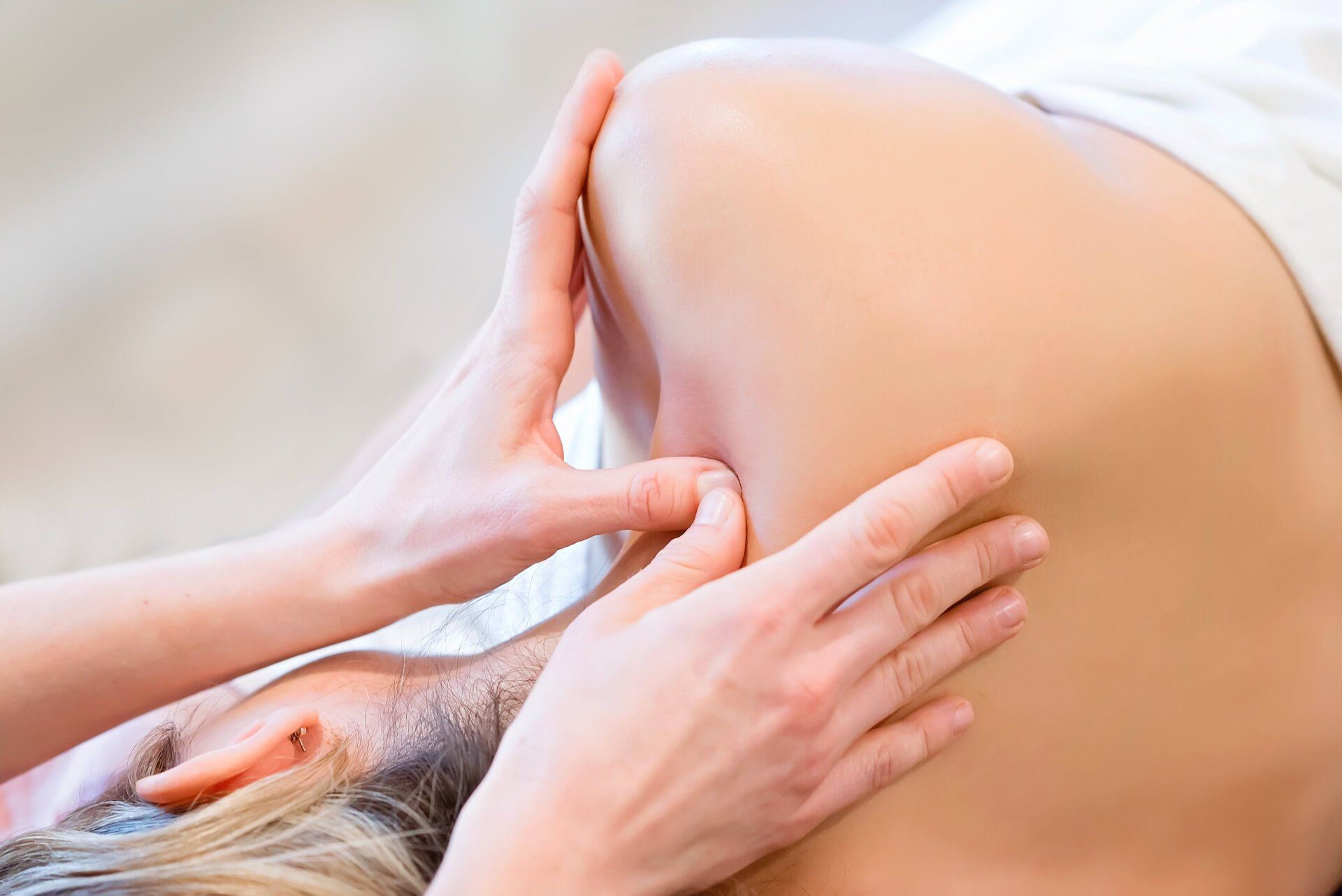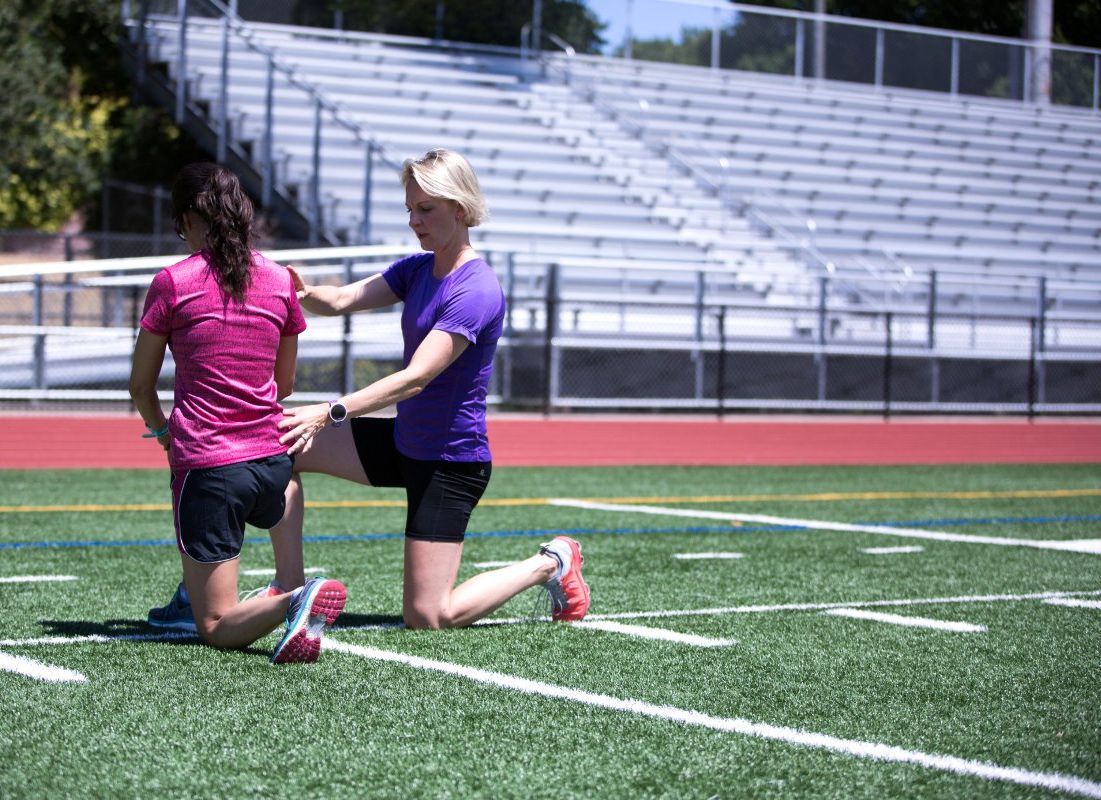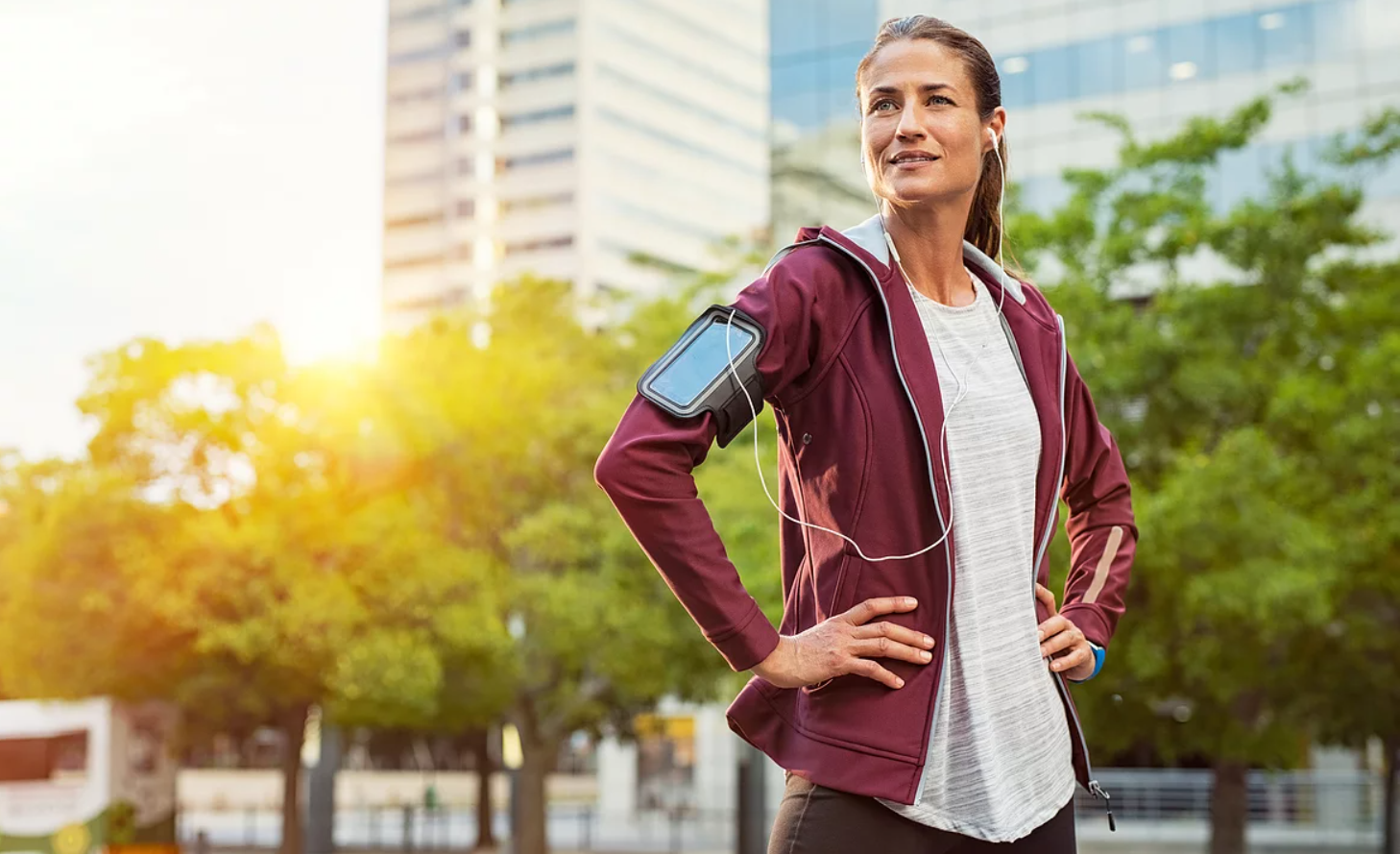3 Reasons to Make Massage Part of Your Training Program
It's time to start seeing massage therapy as more than stress relief or mental self-care. If your running goals include recovering well, preventing injuries, and optimizing your performance, a skilled sports massage therapist could be your greatest ally!
But what is sports massage, exactly? How is it different from any other type of massage? And why would you need it?
There are various techniques that are often used for sports applications. These include active and assisted stretches, soft tissue release, neuromuscular techniques, and using tools such as massage guns, scrapers or cups. A lot of it comes down to the therapist’s expertise, advanced training, and how they blend the techniques, but the most important factor distinguishing sports massage from other types of massage is the specificity and focus of each individual session.
A specialist sports massage therapist has a deeper understanding of the demands of training and the requirements of different sports on the human body. They should have additional qualifications and skills, which typically also include a more in-depth understanding of sports injuries, and perhaps biomechanics.
A therapist who is used to working with runners knows what it means to taper before a race, or how the base-building phase of training is different from race-specific speed. All of this affects the treatment plan.
When a massage therapist is experienced in working with athletes, they will plan sessions differently depending on where they fit in with your training or racing. Adjustments are made according to your needs on the day, but also based on where you are in your training week, training cycle, or race calendar.
Read on for the key benefits of sports massage — and why you should add massage to your training program!

1. Massage helps maintain muscle and joint health
Maintenance massages should be scheduled at regular intervals throughout your training cycle. The frequency will depend on your goals, workout volume, schedule, and budget. For elite athletes, it may be several times a week; for most recreational runners, once or twice a month is great.
The aim of a maintenance plan is to optimize the quality and range of movement and keep your body healthy and happy. A regular massage can help prevent injuries and allows you to stay on top of chronic or recurring aches. When you see your massage therapist regularly, they can catch budding concerns before they turn into injury.
These sessions will typically address any current tightness or aches, while also including more general soft tissue work, perhaps full body. They may also include deeper fascia work, stretches, and mobilizations to keep all areas of your body working optimally, both in isolation and together.
This type of maintenance is for everyone who is active and wants to stay healthy, and it becomes especially important when you're training for a half marathon distance or above. The higher your training load, the more you'll benefit from frequent tune-ups.
2. Massage prepares your body for competition
Many runners swear by a sports massage before racing. It's the final opportunity to work any lingering training fatigue or tightness out of your muscles and get you physically and mentally ready to race. It's part of the peak week routine for many of us. You'll get the most out of a pre-race massage early in your race week; the ideal time is 4-5 days before race day.
A race week massage is typically a little lighter and more dynamic than maintenance treatments. It's unusual for the therapist to really dig into any specific muscles at this point, though it can be done if necessary, if you have a enough time between the massage and racing. Having a few days also means you don't have to worry about not recovering from the massage in time for your race. As restorative as massage can be, the full effects of a session may not be immediate, and you may even feel a little fatigued or dehydrated for a day or two afterwards. Unless you're used to frequent bodywork (ideally with the same massage therapist!), a minimum of three days between massage and racing is a good guideline.
A pre-race massage in the immediate hours before competition is still possible, but the focus is very different. This is the type of massage you may find at bigger events. It's usually a very short session, 5-10 minutes, and includes lots of mobilizations, dynamic stretching, and just a light massage. The aim is to get your soft tissues warmed up, circulation going, and get you feeling mentally ready and focused.
Just remember: "nothing new on race day'! Unless you've had pre-workout massages in training, don't try a massage immediately before a big race, as you won't know how your body will react to it. Going for a post-race massage instead is a safer bet for most runners.
Which brings us to...
3. Massage helps you recover from racing and hard workouts
Massage is a great tool to help your body recover from a tough workout, a hard training week, or racing. Recovery treatments can take place immediately after you finish, or up to a few days after.
Again, the techniques, goals, and benefits will vary depending on the timing. The recovery window is a perfect time for a more relaxing massage and a good stretch to lengthen muscle fibers and flush out metabolic waste. Done soon after finishing a race or key workout (same or following day), sports massage will also help reduce muscle soreness in the days that follow.
When going for a post-race massage treatment, make sure you communicate with your therapist so they are aware of any pain you experienced during the race, or the level of soreness in your muscles. Tell them if anything during the session is painful. This is not the time to grit your teeth and chant "no pain no gain" under your breath (though is it ever?). If your muscles are sore, it's a sign of microscopic damage - go easy on yourself and ask your therapist to use very light pressure only. Light strokes and a couple of gentle stretches are all that's needed to release tightness, flush the muscles, and help you get back on your feet faster.
How do you find the right massage therapist for you?
Sports massage is its own discipline, so look for information about a therapist's qualifications and level of training. Ask them if they have personal experience in your sport, or if they often work with athletes in your sport. Swimming and soccer are both sports, but they work your body in different ways, with very different typical injuries. An experienced sports massage therapist will understand those nuances.
It's another good sign if your massage treatment isn't always the same. Your massage therapist should be asking questions to understand what's going on in your body and in your training, and modifying the session accordingly. True sports massages are rarely full body treatments (though they can be, especially in the maintenance and recovery phases of training); a therapist who doesn't just follow a routine but instead works on focus areas is usually a better fit for athletic clients.
You'll know you've found a good therapist when they're comfortable explaining what they're doing, demonstrate they understand your training routine and goals, and help you feel healthier and stronger!
About the author:
Heini Tallent is an RRCA Level 2 certified running coach and licensed sports massage therapist. She's the owner of Elements Running Education and helps recreational runners aged 40ish and up train with more confidence, higher motivation, and the knowledge needed to make running a healthy and enjoyable lifelong journey. Heini coaches her clients 1-on-1, through small group programs and the Run Empowered online community for women. She also works with everyday athletes and active people at her private massage practice near Portland, Oregon.
RRCA running coach in Oregon, USA
Online run club for women
Running programs for recreational runners
Running technique coaching




